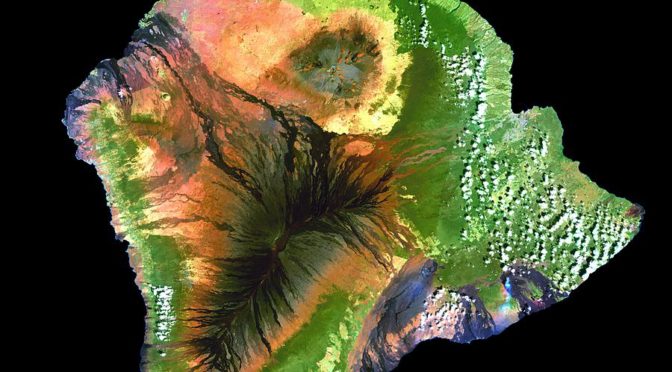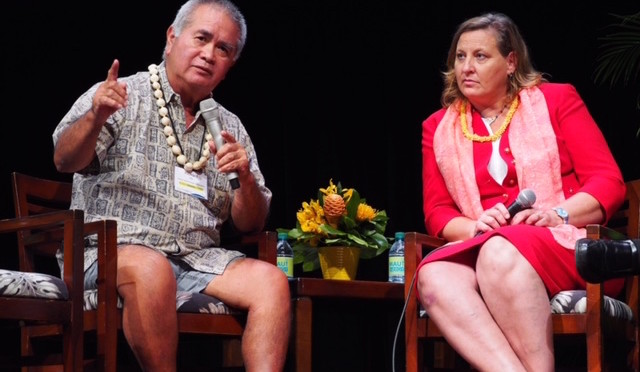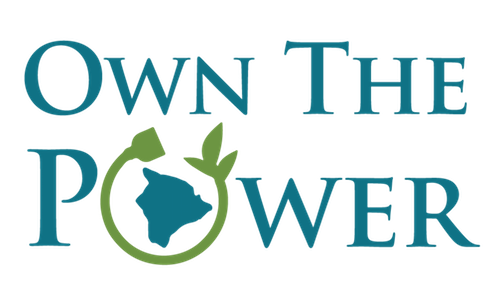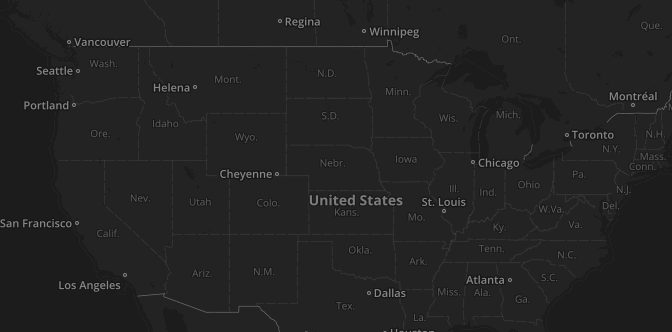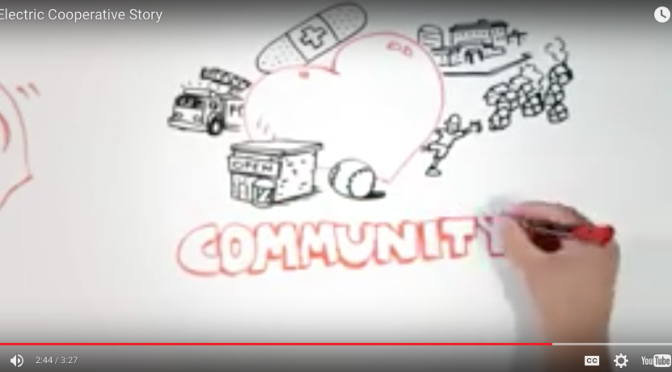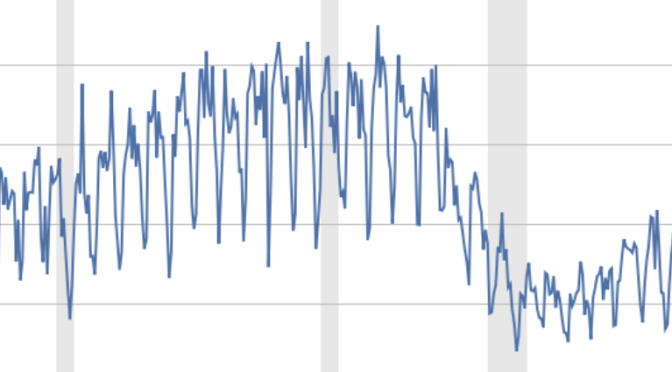I want to talk about why I’m involved in all these different Big Island issues: Geothermal. The Thirty Meter Telescope. The Hawaii Island Energy Cooperative.
These are not random, unrelated concerns. They are all directly related to what’s happening in our world and on our island.
I am always working toward making our lives better here on the Big Island, and making this a better place for our children and grandchildren.
Everything came together for me when I started going to the Peak Oil conferences in 2007. That’s where I learned about Charlie Hall and his theory of Energy Return on Investment (EROI).
What was interesting to me about that his is a biophysical approach. A systems approach. It doesn’t put everything into its own silo, but instead takes everything into consideration all together.
EROI boils down to one basic concept: You have to have net energy to survive. This concept is discussed as an economic concept, but really it goes all way back to biology. Think about a rainbow trout swimming in a river and catching flies. At the end of the day, it has to have caught enough flies not only to survive but also to reproduce.
It’s the same for every animal. Look at cheetahs. They’ve got to be able to run down antelopes and rabbits and whatever they eat, and still have energy left over to reproduce and raise their kids.
It takes energy to get energy. We have to be able to get at our source of energy – like oil – and still have enough left over to power our society.
This concept applies to organisms, organizations and civilizations – everything.
How These Big Island Issues Apply
I’m no scientist. I’m a farmer who’s spent a lot of time out there on the farm, dealing with the physical stuff, out in the rain and the dirt. I come at this practically, always remembering my Pop’s lesson about, Not no can, can.
I am always trying to find a solution to something or other by thinking hard and planning ahead. When I went to school I learned there’s a name for this. It’s called “contingency planning.”
And it’s what we need to be doing now. Contingency planning. We need to take sustainable actions now to prepare for a better future.
What makes a solution sustainable? It has be economically, environmentally and socially sustainable.
As for the economic part, people understand what you need to do to make that work. Environmentally, too.
What is generally missing, and what I gravitate toward, is the social part of sustainability: leaving no one behind. I always come at everything from that point of view.
When we look at the Big Island, we have the lowest median family income, a homelessness problem and many other social problems. When I look at solutions, I want to make sure they address these problems.
Solutions
From what I see, education is the game changer. There are clear correlations between education and family income. And education and family income have a strong impact on the other problems. It’s not very complex.
The TMT brings $50 million to our island, earmarked solely for our kids’ education. And geothermal and the Hawaii Island Energy Cooperative bring smart energy solutions to our peak oil crisis.
I’ve been influenced by my Pop, who taught me to look long term. When you’re looking long term, you don’t have to make radical decisions you might regret later. When you focus on the long term, you can make gradual changes to get to where you want to go.
We need to have a sustainable energy situation, and that will help with everything else.

